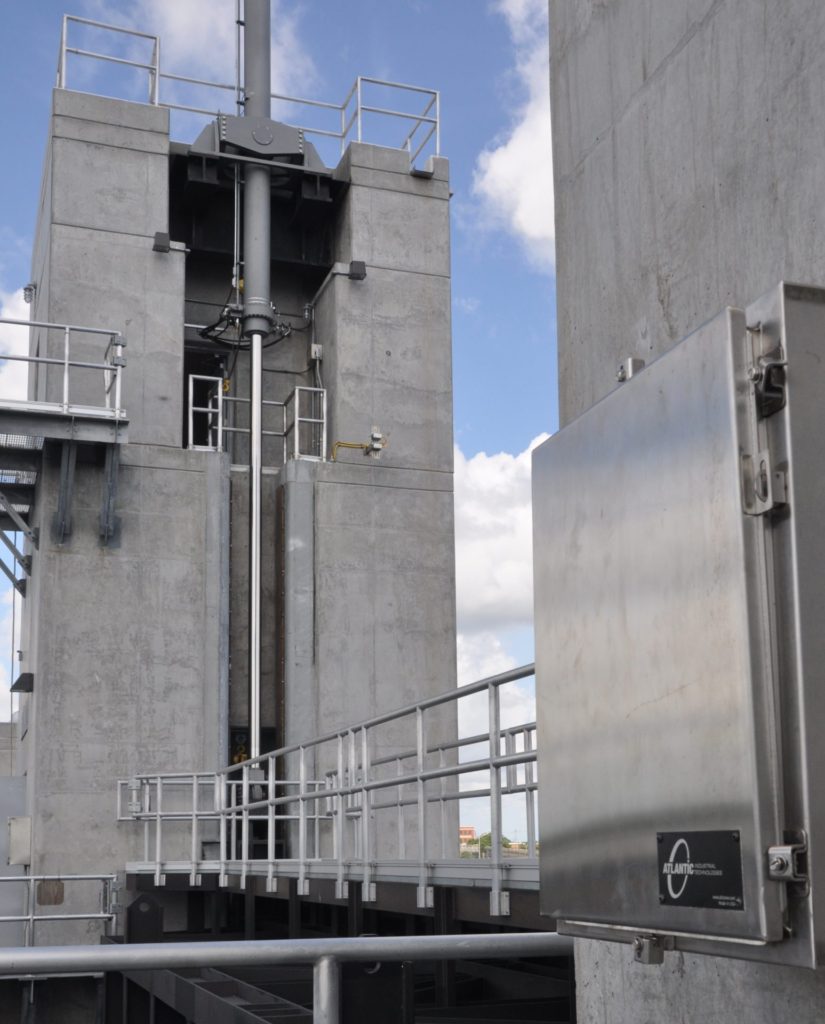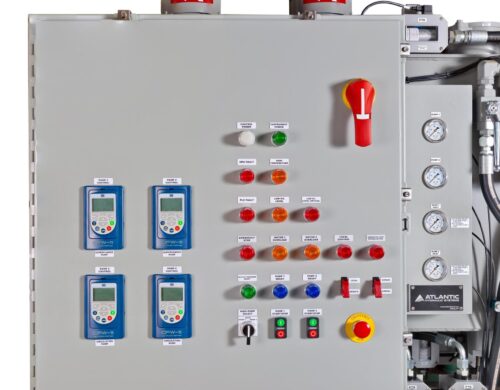Atlantic Hydraulic Systems has designed, manufactured, and commissioned many key elements in the fight against the rising tides of the world.
We live in a busy society that is dependent on our ability to travel, transact business, gather at social events, and connect with other humans on multiple levels. With each passing day, however, our need to connect is also contributing to adverse effects on our planet.
The Earth’s Temperature Is Slowly Rising And Our Water Levels Are Rising Along With It

Ultimately, the earth is getting warmer and that increase in temperature – however subtle or blatant it may be – is contributing to higher ocean tides and rising water levels on a global scale.
Our oceans absorb over 90% of the excess heat generated by our planet and that is throwing some major complications into the delicate ecosphere. Increases in temperature are adding to the overall water volume on the planet by melting giant ice sheets and glaciers. This, thereby, contributes to sea level rise.
As sea levels rise, there’s an adverse effect on our lands, weather, and the frequency of floods in areas that are otherwise usually free of flood dangers.
To that end, our society is placing ever more emphasis on stormwater management, flood protection, and water control gates to either mitigate damage or outright prevent damage from rising water levels.
Atlantic Hydraulic Systems Is Playing A Major Role In Mitigating And/Or Preventing Unnecessary Damage From Rising Tides
In turn, Atlantic Hydraulic Systems has designed, manufactured, and commissioned many key elements in the fight against the rising tides of the world including Hydraulic Power Units, Hydraulic Control Panels and Hoist Winch Control Panels for water control management systems like Crest Gates, Sluice Gates, and Tainter Gates.
Important aspects in the hydraulic power unit and control system design for Crest, Sluice, and Tainter Gates are:
- Designing for emergency gate closure and opening in a no-power condition
- The ability of the gate hydraulics to detect gate blockages while moving to protect the structure
- Gate position feedback and monitoring
- Design for no single-point failure event possibility using redundant pumps & controls
- Ability to control operation locally or via a SCADA system – which is a control system architecture for high-level supervision of machines and processes.
Our Recent Projects To Help Combat The Effects Of Floodwater and Rising Tides
Atlantic Hydraulic Systems designed, manufactured and commissioned the floodgate hydraulics and control systems at Seabrook Gates in New Orleans. Atlantic’s on-site technicians directed the installation of the HPU, hydraulic cylinders, hydraulic plumbing, and both high voltage and control wiring.
The gates are controlled using a user-friendly graphic interface and provide closed-loop position control of the gates and safety interlocks with the gates locking mechanisms.
We even designed, manufactured, and installed the hydraulic system for the Orleans Avenue Gates in New Orleans, LA after Hurricane Katrina. Five hydraulically driven winches were placed to lift and lower massive gates to prevent water flow in the canal during a storm. The HPU is designed to communicate with the municipal SCADA systems as well as to be run manually.
Most Recently, after Hurricane Sandy, we were commissioned to design and manufacture both the temporary and permanent hydraulic systems during the Metropolitan Ave Bridge machinery replacement in New York, NY. Now, two of our 60 HP hydraulic power units and four 10″ bore x 96″ stroke cylinders drive the two massive leaves of the bridge in addition to four of our 7.5 HP hydraulic power units which drive the tail locks into place.
We at Atlantic Hydraulic Systems may not be able to control the earth’s temperature – but we are certainly at the forefront of how we can prevent or mitigate any damage of the rising tides or flooding that may be happening as a result.








